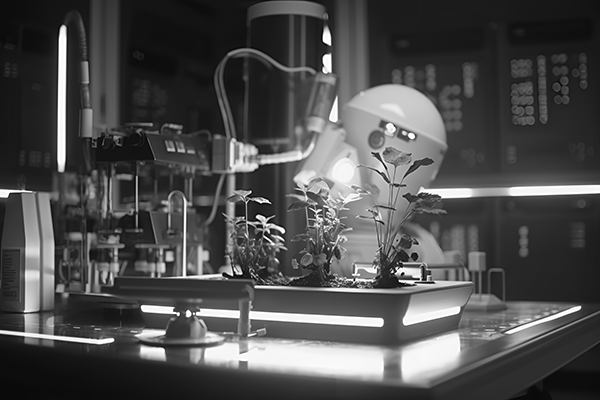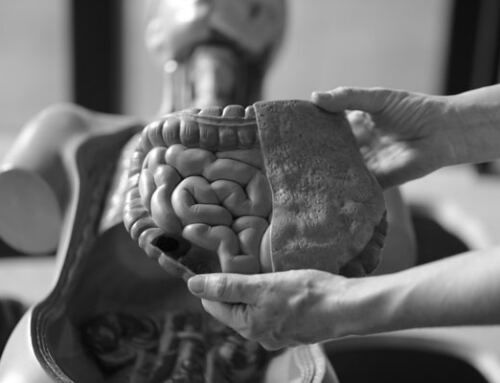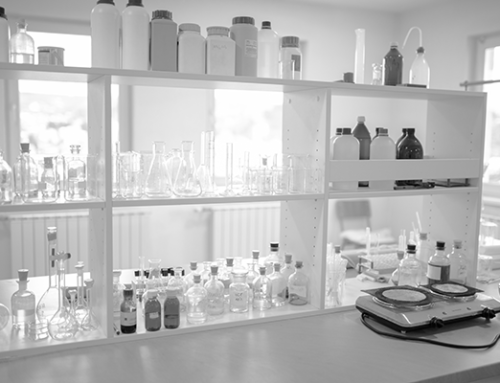Challenges in the 21st century
The beginning of the 21st century is far from what science fiction utopias predicted: climate change emergency, waste management crisis, rising global health concerns, and pandemics…
As a response, in 2020, the United Nations set up 17 Strategic Development Goals. This document aimed to highlight areas that require urgent improvement and propose improvements in areas such as Health and Wellbeing, Clean Water and Sanitation, Affordable and Clean Energy, and Climate Action.

Despite being used historically for processes such as food fermentations and, more recently, for producing pharmaceuticals or biofuels, bioreactors have incredible potential to address some of these critical concerns. Bioreactors sit at the intersection between science and engineering and can provide interesting solutions to some of these challenges. Additionally, their unique adaptability offers opportunities to make significant changes to the industry, paving the way for sustainable practices and creating a more resilient world.
There is a bioreactor for every problem
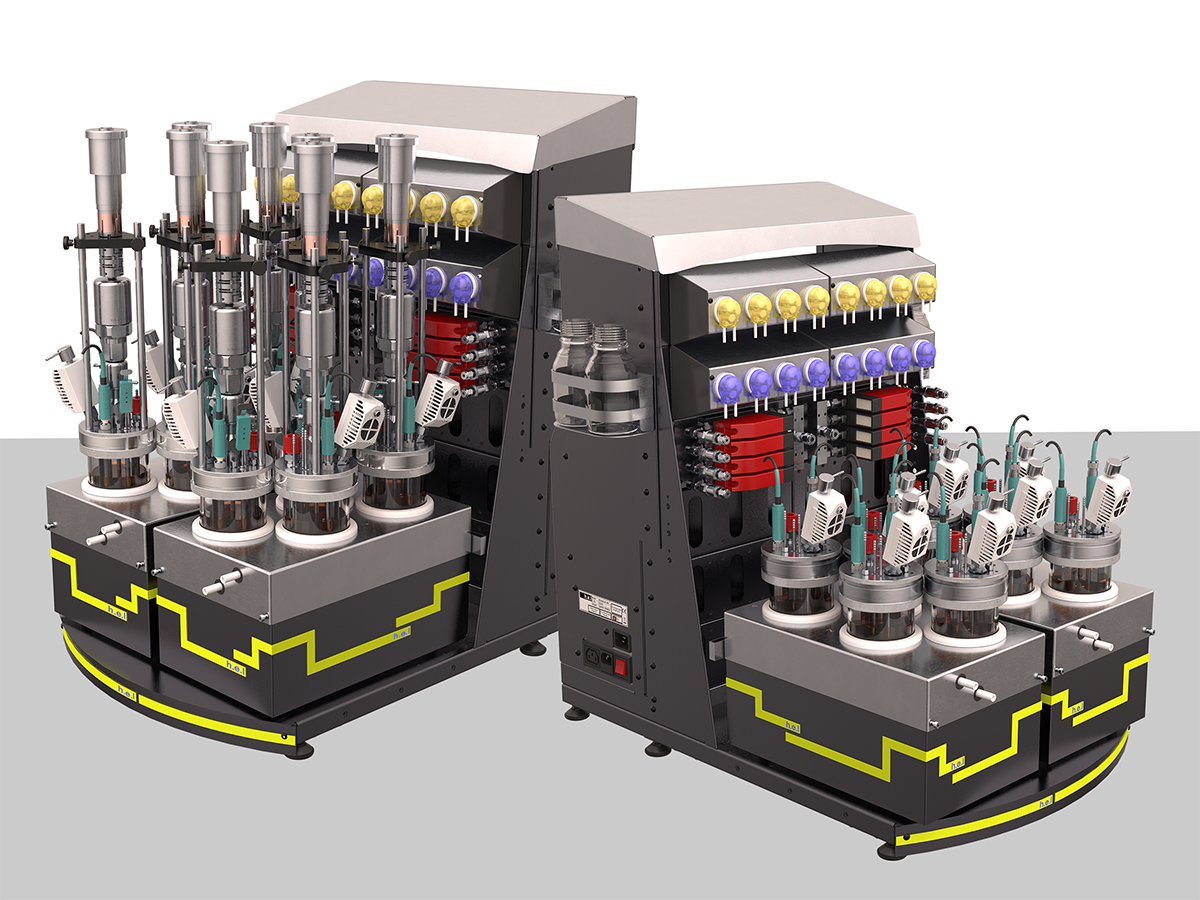
Sustainability and Food Production
With a growing population of almost 8 billion people, food security and food supply are of growing concern. Current agricultural and farming practices can result in environmental and ethical issues. Monoculture farming can result in impoverished soils and worsening desertification processes. Rice paddies involve using large amounts of water and producing greenhouse gases (especially methane). Meat production in intensive farms results in significant production of methane as well, and using copious amounts of land, there are also ethical concerns about the wellbeing of the animals used in this type of farming. Current research using bioreactors focuses on the production of lab-grown meat, as well as cellular agriculture. Bioreactors can help to reduce the amount of land used for farming, sparing suffering for these animals and avoiding the production of gas linked to the digestive systems of ruminants and inundated land.
Climate Change Mitigation
Global warming is linked to the accumulation of greenhouse gases (mainly CO2, CH4, and N2O). The use of bioreactors can have an impact on the overall accumulation of these gases. For example, photosynthetic organisms, such as algae and cyanobacteria, can be cultivated in photobioreactors, helping to capture atmospheric CO2 and trap it into either organic matter or bioproducts (e.g. bioplastics). Livestock origin accounts for 20% of the methane accumulated in the atmosphere. Producing meat independent of ruminants results in a reduction in the production of this gas.
Biofuel production
Biofuels can be considered renewable energy sources and are an alternative to fossil fuels, resulting in fewer greenhouse gas inputs into the atmosphere. Biofuel production can fall into one of two categories: using organisms with fermentative capabilities, like Saccharomyces cerevisiae, to produce ethanol or Clostridium acetobytilicum for the production of butanol; the other option is using photosynthetic organisms, especially members of the genera Chlorella or Scenedesmus. Algae can be cultivated for their very high lipid content, which ten can be extracted and converted into biodiesel. Thus, bioreactors can be used to grow microorganisms that produce biofuels, contributing to a greener economy.
Waste management
Bioreactors provide a controlled environment for the growth and activity of microorganisms that can break down waste substances and, in turn, produce high-value products. Using anaerobic processes can result in the decomposition of organic matter and the production of biogas – predominantly composed of methane and can be used as biofuel. Because of the production of methane under controlled conditions, this gas is not escaping to the atmosphere, where it acts as a greenhouse gas. Additionally, the product of anaerobic digestion processes, also known as digestate, is nutrient-rich and can be used as a fertilizer, acting as a substitute for industrial resources.
Clean water production
Under the current global warming situation, in which desertification processes are accelerating and droughts are becoming more prominent, access to clean water is becoming harder and harder. However, bioreactors can help to improve the situation. Biological processes are used routinely in wastewater treatment. Aerobic processes help to remove organic compounds from the water, producing CO2 as the final product (mineralization). Specialized designs, such as membrane bioreactors, allow for simultaneous nutrient and pollutant removal – linked to microbial activity – and clarification since microorganisms get trapped in the membrane. Additionally, microbial communities that process nitrogen and phosphorus can remove these elements from the effluent, preventing algal blooms in downstream water linked to excess nutrients (eutrophication). The nitrogen and phosphorus removed from the water can be used as fertilizers.
Bioreactors, vessels of innovation, vessels of hope
Due to their flexibility in their designs and versatility in their application, bioreactors have been proven to pose as great candidates to solve some of the problems the UN has identified and put them under the spotlight. These bioengineering tools, constantly adapting and improving, pose as crucial players for a future in which our energy is green and our food is sustainably produced. Harnessing the power of biology, these vessels have the potential to transform trash into treasure and waste into wealth, combating some of the biggest threats to humankind,
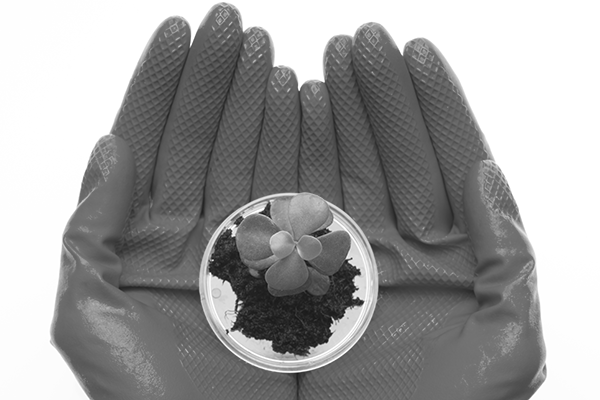
Due to their flexibility in their designs and versatility in their application, bioreactors have been proven to pose as great candidates to solve some of the problems the UN has identified and put them under the spotlight. These bioengineering tools, constantly adapting and improving, pose as crucial players for a future in which our energy is green and our food is sustainably produced. Harnessing the power of biology, these vessels have the potential to transform trash into treasure and waste into wealth, combating some of the biggest threats to humankind, such as climate change and food security. Our challenges are complex and daunting, but bioreactors and our innovation capacity give the difference to foster a sustainable, equitable, and resilient world.

